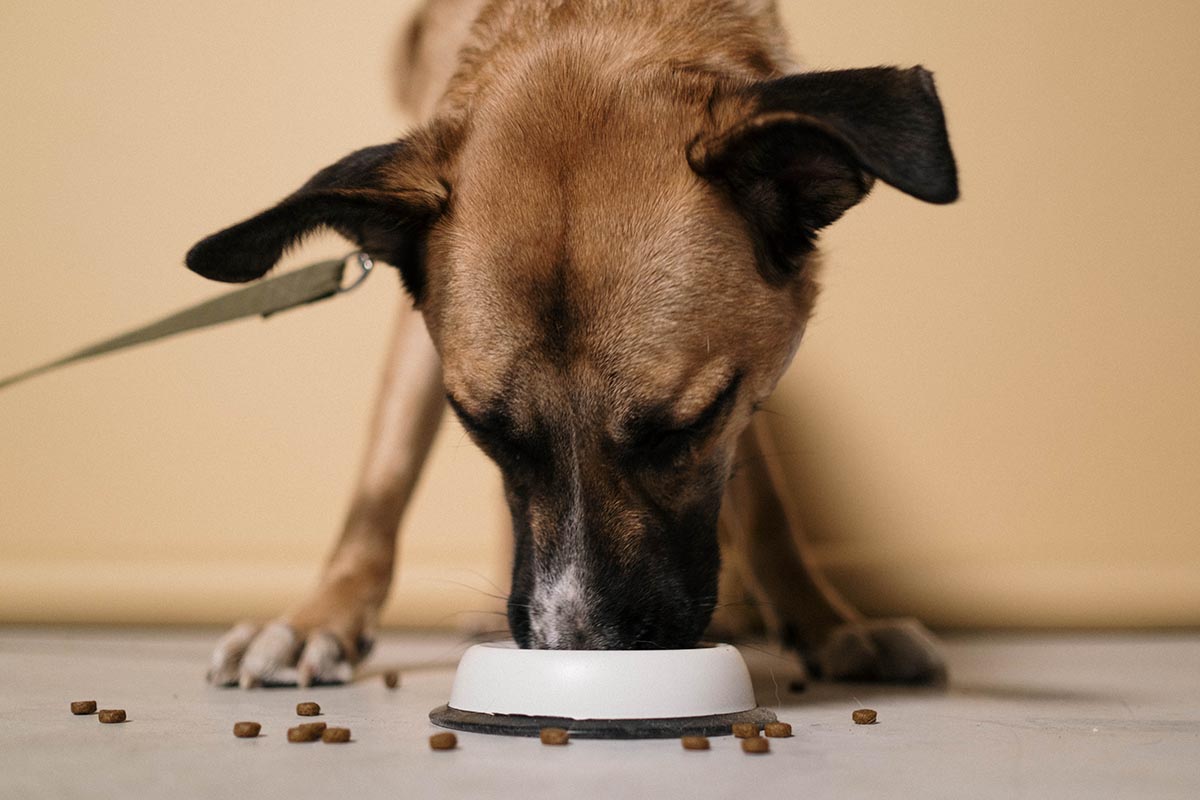UTI in Dogs: Symptoms, Causes, and Treatment Options for Your Furry Friend
KEY POINTS
- UTI Symptoms: Watch for signs like frequent urination, discomfort, blood in urine, and accidents indoors. Quick identification helps prompt treatment.
- Causes and Diagnosis: Bacteria, stones, tumors, or anatomical issues can lead to UTIs. Vet diagnosis through urine tests ensures proper treatment with antibiotics.
- Treatment and Prevention: Antibiotics prescribed by a vet effectively clear UTIs. Follow-up care and preventive measures like proper hydration and frequent bathroom breaks aid in recovery and future prevention.
What Is a UTI in Dogs?
You wake up in the morning to find your furry friend whimpering and pacing around the house. Poor pup! A quick trip outside reveals the problem – your dog is straining to pee but only a few drops come out. Uh oh.
This could be a sign of a urinary tract infection, or UTI. As a loving dog owner, you want to help your canine companion feel better fast. The good news is UTIs are common and treatable if caught early. This article will cover the symptoms, causes, and treatment options for a UTI in dogs so you can get your pup back to their happy, energetic self in no time.
We’ll look at the signs to watch for, like frequent urination and discomfort. We’ll also explore what causes UTIs, from bacteria to bladder stones.
Finally, we’ll discuss treatment plans that could include antibiotics and dietary changes. With the right info, you and your dog will be on the road to recovery.
Signs and Symptoms of UTI in Dogs
A urinary tract infection or UTI occurs when bacteria enters your dog’s urinary system, including the kidneys, ureters, bladder, and urethra. The most common symptom is frequent urination.
Your dog may feel the urge to go out more often, sometimes with little urine produced. They may also have trouble holding it and have accidents in the house.
Discomfort while urinating is another sign. Your dog may cry, whine or lick themselves while going to the bathroom. They may seem uncomfortable and struggle to find the right position to relieve themselves. Blood in the urine, a foul odor, and straining are other symptoms to watch for.
UTIs are usually caused by bacteria, often E. coli, entering the urinary tract. Anything that affects urine flow or irritates the urinary tract can make infection more likely.
This includes stones, tumors, or an anatomical abnormality. In females, UTIs tend to happen more frequently due to their shorter urethras.
The good news is UTIs are often easily treated with a course of antibiotics prescribed by your vet. They will take a urine sample to determine the bacteria causing the infection and the best antibiotic.
Most dogs will start to improve within 3-5 days of starting treatment.
Be sure to give all medication as directed and schedule a follow-up urinalysis to confirm the infection has cleared.
With quick diagnosis and proper treatment, your furry friend should be back to normal in no time.
The best way to prevent future infections is by providing your dog fresh, clean water daily and taking them out frequently, especially after they eat, drink or wake up.
Treating UTIs in Dogs: Diagnosis, Medications, and Home Remedies
If your furry friend is acting strangely and seems uncomfortable, they may have a urinary tract infection. Some common symptoms to watch out for include:
- Increased frequency of urination. If your dog suddenly needs to go out more often, especially in small amounts, it could indicate a UTI.
- Straining to urinate. You may notice your dog straining but producing little urine, or crying while trying to go.
- Blood in the urine. Even a small amount of blood in your dog’s urine can be a sign of infection and needs vet attention.
- Cloudy or foul-smelling urine. Healthy dog urine should be clear and mild-smelling. Cloudy, dark, or foul urine could signal a problem.
- Licking of genital area. Excessive licking of the genital area is often a sign of discomfort and can be caused by a UTI.
- Loss of bladder control. If your dog is having more frequent accidents in the house, it may point to an underlying UTI.
A urinary tract infection in dogs can be painful and irritating. If your dog shows any symptoms of a UTI, it’s best to have them checked out by the vet as soon as possible.
The vet can test a urine sample to determine if there’s an infection, and prescribe a course of antibiotics to clear it up and get your four-legged friend back to normal.
With treatment, most UTIs in dogs clear up within a week. Be sure to follow up with your vet and complete the entire course of medication as prescribed to cure the infection fully.
Your dog will be back to their usual playful self in no time!




















